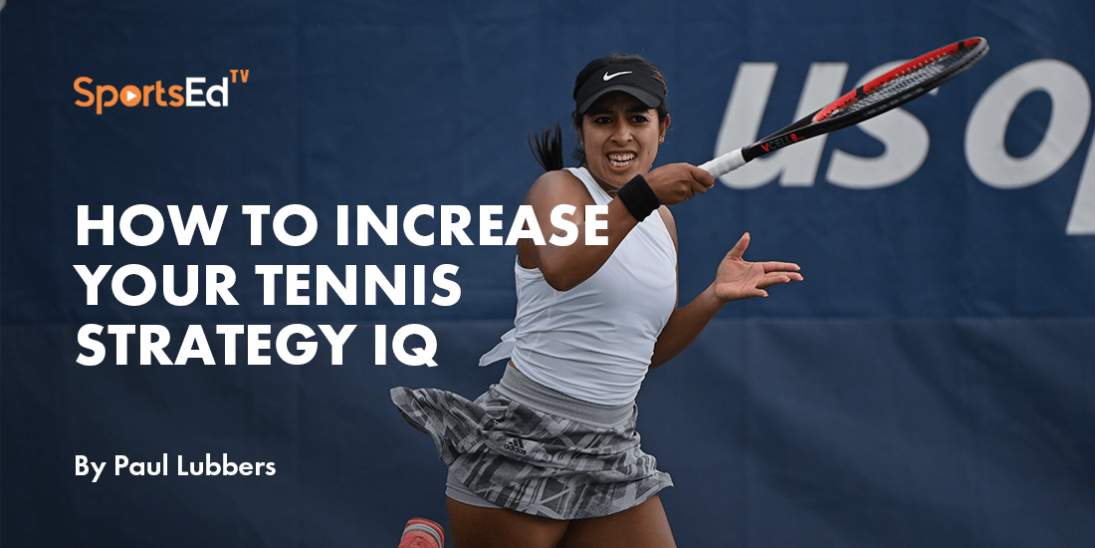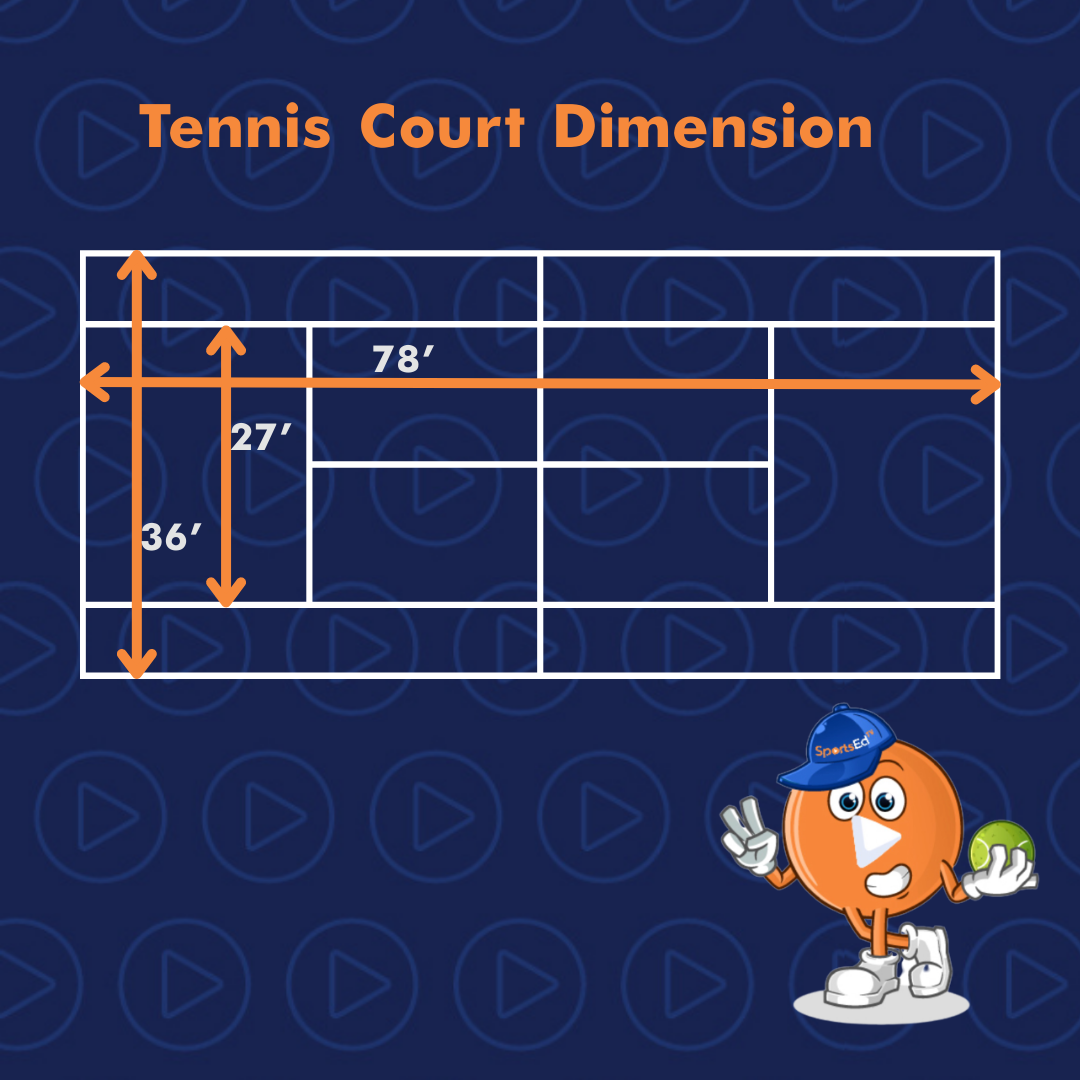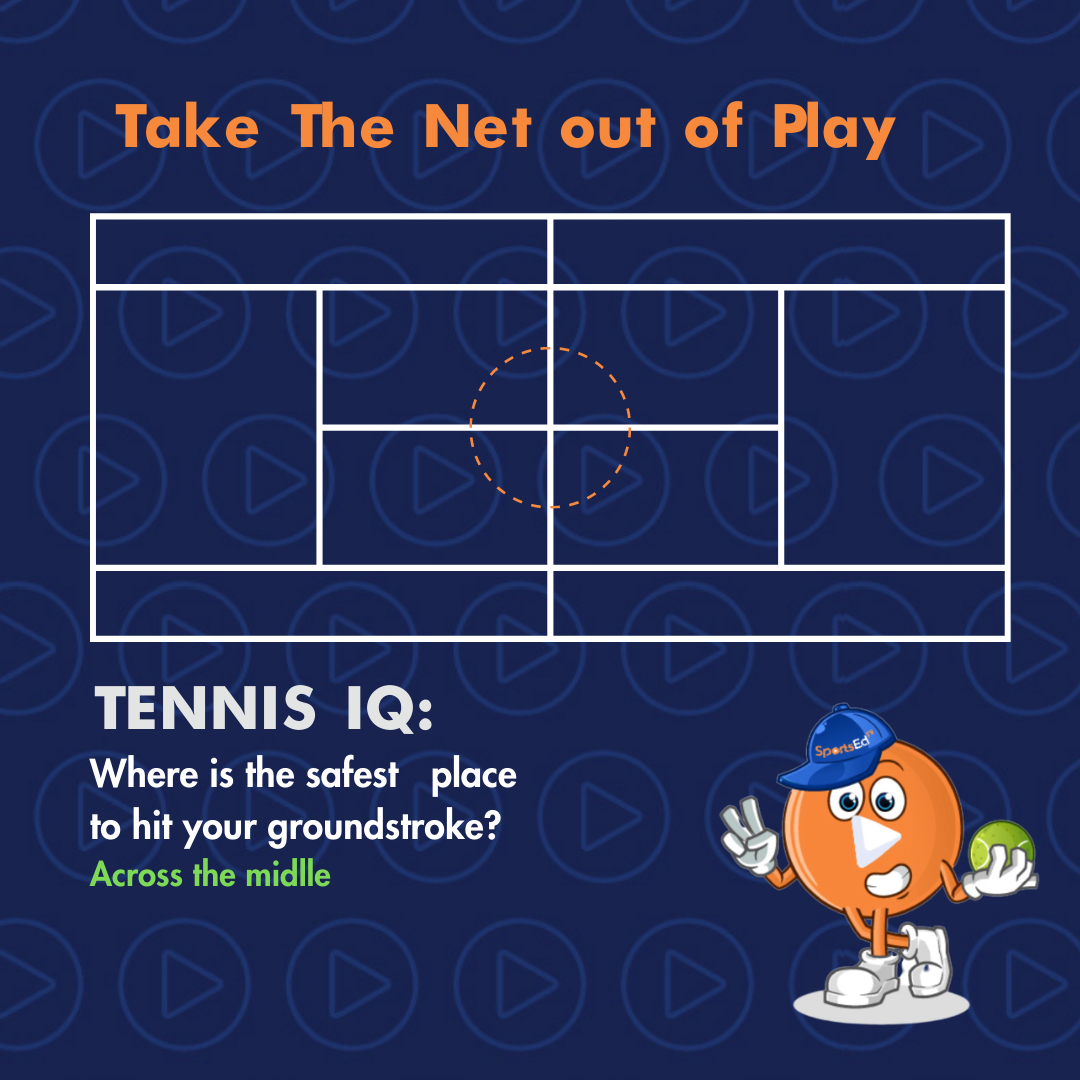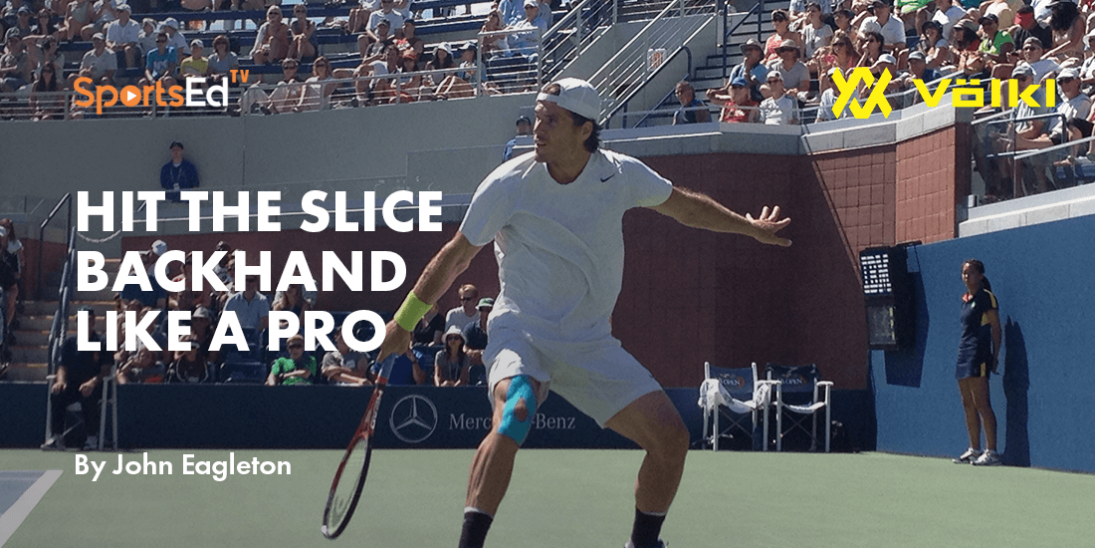Tennis
Welcome and thanks for visiting...

How to Increase your Tennis Strategy IQ

When it comes to playing tennis, the old adage, Simpler is better, is a great approach to take when learning what it takes to improve your Tennis Strategy IQ. But, like anything in life, there is always the opportunity to overcomplicate it, so let's keep it simple!
Tennis Strategy: Understanding How Tennis is played
"Tennis is played first with Mind and Eyes,
Second with your feet and lastly with your Hands"- Jose Higueras
Many split-second decisions ( eyes &; mind) are made during a tennis point, and the first decision starts when you hit a shot.
The moment a shot is made, both players focus on the quality of the executed stroke. Is it offensive, defensive, or neutral? The player who hit the shot will watch the effects of the shot and begin to move (feet) into position to either take advantage (offensive) or prepare to cover the court if a weak shot has been hit ( defense) or hold court position if it was a neutral shot.
At the same time, the player receiving the ball will react and decide and immediately move (feet) to get into position to hit the next shot and make a tactical decision on where to hit the next shot (hands).
For instance, if your opponent has hit a deep ball that moves you deep into the backcourt, more than likely, the right decision will be to respond with a deep crosscourt shot. On the other hand, if the ball were to land short in your court, you may decide to move forward (offensive)and hit the response down the line to open the court with the hope of putting your opponent in a defensive position.
This cycle of decision-making, movement, and shot execution takes place on every stroke hit during a match. The more you practice game situations and compete, the better your decision-making will become.
The undeniable link between Tennis Stroke Fundamentals and the ability to execute your plan
Confidence reigns supreme in tennis. Confidence in your game and the knowledge of your strengths and weaknesses allow you to approach every shot with the belief that the ball will go where you want it to go. For this to happen, you need to trust your shot and trust your fundamentals. Sound stroke fundamentals will provide you with the ability to hit your strokes with confidence. If this is not the case, it will be very difficult to develop a personal game style or execute a sound on-court tennis strategy. In short, the better your stroke fundamentals, the more likely you will have the confidence to execute your game plan!!!
I urge you to engage in developing proper stroke mechanics and make time to practice and play. In addition, seek out a Certified Tennis Coach (PTR or USPTA) to help develop and improve your game to master speed, spin, depth, height, and location of your shots, and you will be on your way to improving your overall ability to execute your personal tennis game style and tennis strategy.
Understanding the Tennis Court
A tennis court is a rectangle that is 78 feet long and 36 feet wide ( for singles play, the court is 27 feet wide). The net is 36 inches high in the middle and is 42 inches high at the net posts. Now, why would I be sharing this information with you? Well, it's really quite simple. The geometry of the court provides us with some simple clues about high tennis percentages and will boost your tennis IQ immediately.


-
Take the net out of play
The net is higher on the sidelines than down the middle-so where is the easiest place to hit your forehand or backhand? If you answered across the middle of the net, you're right! That's because there is 6 more inches of clearance for your shot. "Never over, never in. Never in, Never Win" If you can take the net out of play, you are well on your way to increasing your Tennis strategy IQ.

-
Crosscourt to control the tennis court
Understanding the geometry of the court will help you better understand how to improve your tennis IQ. Because the tennis court is a rectangle ( 78 x 36), the court is 4.5 feet longer on the crosscourt than down the line, so you have more space to hit your shots into the court. Hitting Crosscourt is a high percentage shot and involves less risk than hitting down the line. In addition, if you can control the crosscourt rally with consistency, spin, and depth, the more likely you are to receive a weak ball from your opponent that you can attack! Less risk and more reward!

Tennis Strategy: Down the line to take advantage
Of course, it's not possible to hit every shot crosscourt, take advantage of your opponents' weak shots, and get them moving. You need to be able to hit the open court, which often is down the line. Now, remember, when hitting a shot down the line, the court is 4.5 feet shorter, and the net is 6 inches, which means that having the ability to control the ball's pace, height, and spin will be important. What is also important is to know when to hit the ball down the line. In general, changing the direction of an incoming ball is when many unforced errors occur, but there are a few things to minimize the risk.
- Change the direction of a cross-court shot to down the line when your opponent hits it short in the service box.
- Change direction when you can use your stronger side to hit it down the line ( I prefer my forehand).
- Change direction when you can attack your opponent's weakness by hitting it down the line.
- Put more emphasis on spin and ball control rather than hitting it with pace and power.
- Avoid the temptation to try to hit an outright winner, and please do not aim for the line. Pick a target with a good margin from the net and lines.

I hope these simple tips can help you improve your tennis IQ and help you develop the skills and confidence to become a better tennis player.








